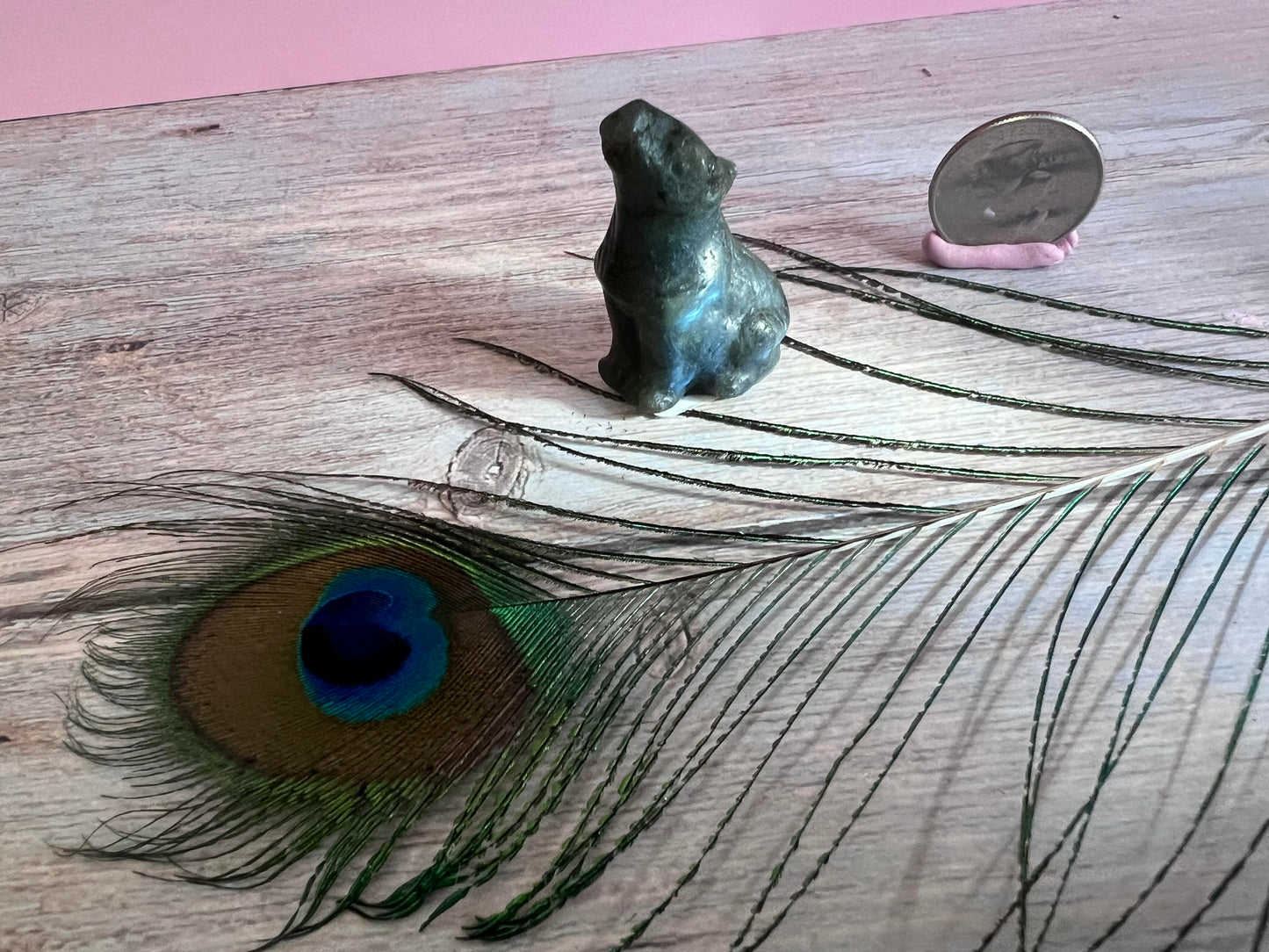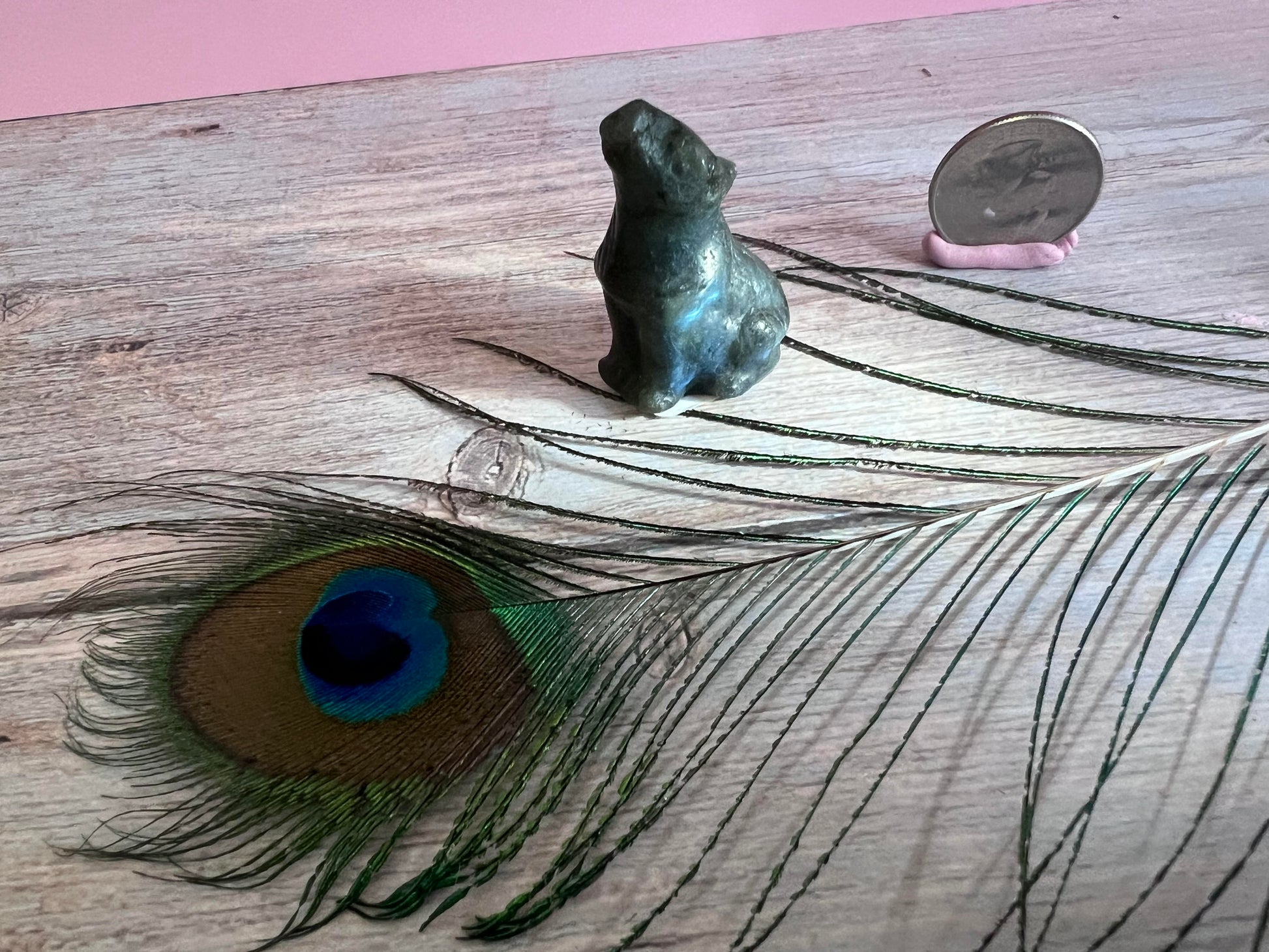Labradorite Wolf
Labradorite Wolf
Regular price
$9.00 USD
Regular price
Sale price
$9.00 USD
Unit price
per
Couldn't load pickup availability

